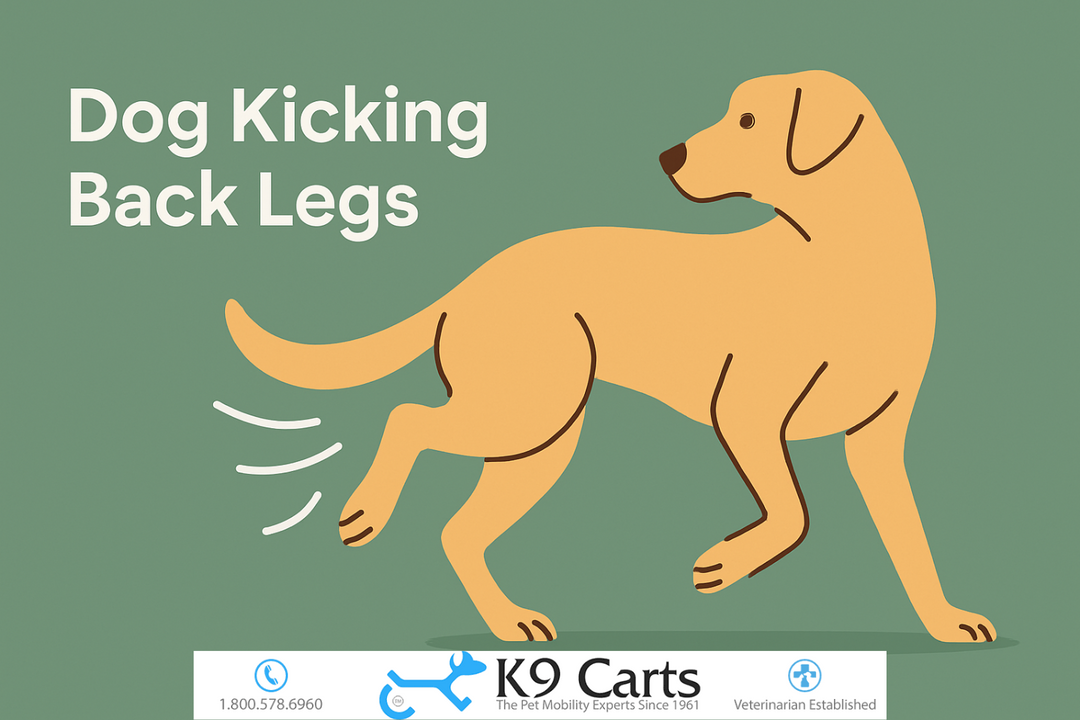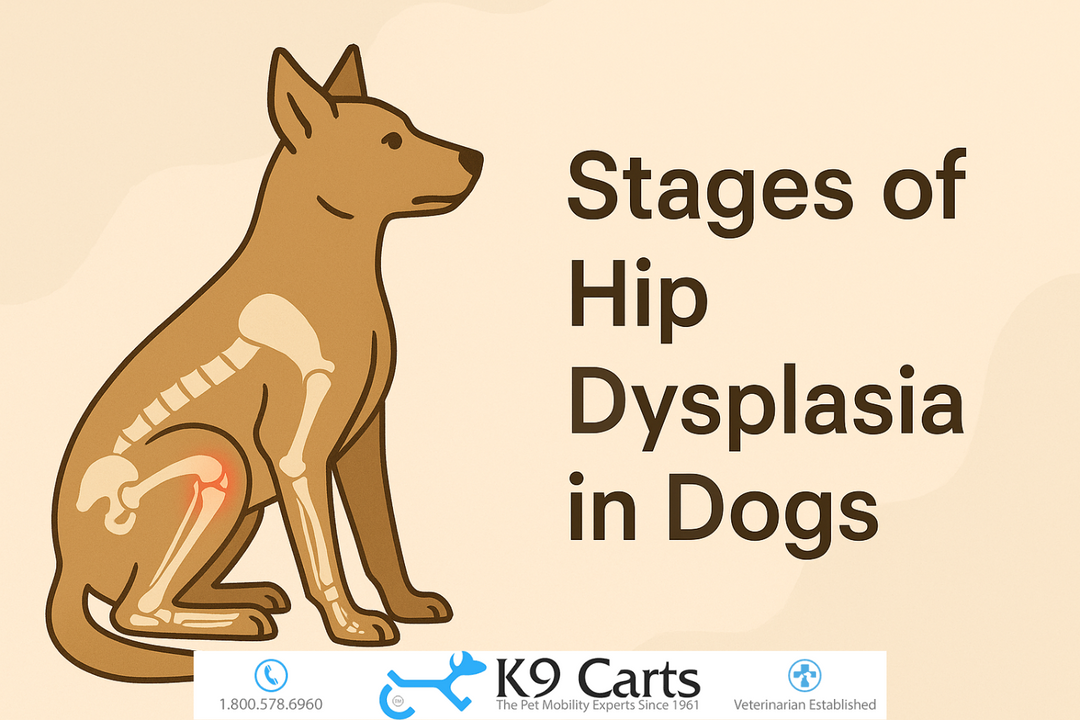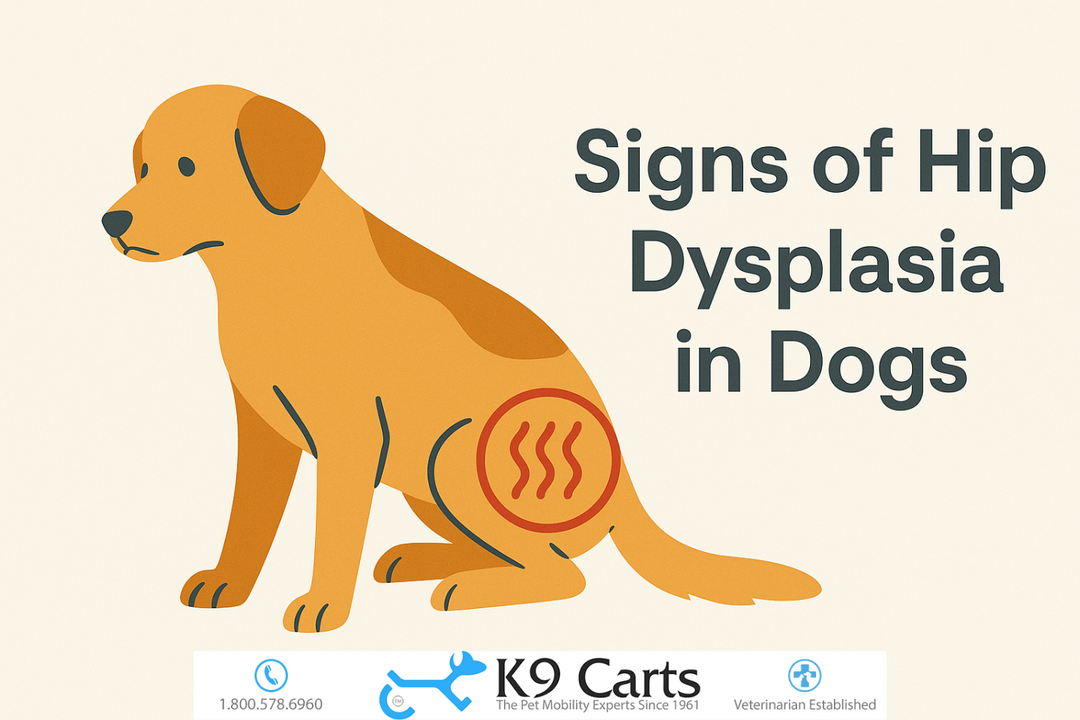Why Does My Dog Kick His Back Legs Randomly? Is This Twitching Normal Behavior?

If you’ve seen your dog suddenly kick one of their back legs or twitch for no clear reason, you’re not alone. This can look odd or even funny at times, but for some dogs, it may be a sign of something deeper. Other times, it’s completely normal.
On this page, we’ll break down why dogs kick their back legs. We’ll explain what’s harmless, what’s not, and when it’s time to take your dog to the vet. We’ll also talk about ways to help your dog if this becomes a problem.
When It’s Totally Normal
Sleep Twitching
Most dogs twitch or kick in their sleep. This happens during a deep sleep stage when the brain is very active. Just like people might move or talk in their sleep, dogs move too. These kicks are harmless and don’t need any treatment.
You’ll notice your dog is completely relaxed during these moments. His breathing stays calm. He doesn’t wake up or look uncomfortable. That’s a good sign.
Reflex Kicks
Sometimes, touching certain spots on your dog’s body, especially the belly or hind legs, can trigger a reflex kick. This is very common and is caused by nerve signals in the spine, not the brain. It's just a normal part of your dog’s nervous system working as it should.
When You Should Pay Attention to Leg Twitching
Not all leg twitching is harmless. Here’s how to tell if something might be wrong.
-
The kicking happens when your dog is wide awake and resting.
-
Your dog seems stiff, shaky, or confused.
-
He cries out, licks at the leg, or tries to avoid using it.
-
The leg looks weak or the muscles look smaller than normal.
-
His walking has changed, and maybe he’s dragging one leg or limping.
-
It’s getting worse over time.
Any of these signs could mean pain, nerve problems, or something going on in the brain or spine.
Common Medical Reasons
1. Joint or Muscle Pain
Dogs with arthritis, knee injuries, or hip problems might kick or twitch a leg to deal with discomfort. If a joint is inflamed or unstable, it can trigger quick spasms or small jerks.
Some dogs will stretch their back legs out behind them to relieve pressure. This can look like twitching, but it’s actually their way of getting more comfortable.
2. Nerve Issues
Sometimes the problem starts in the spinal cord or nerves that go down the leg. If those nerves are injured or damaged, your dog might lose some control of his muscles.
Conditions like slipped discs, spinal cord inflammation, or diseases like degenerative myelopathy can all cause back-leg twitching or weakness. These problems often come on slowly and get worse over time.
3. Muscle Problems
Certain rare conditions cause muscles to fire without reason. One example is something called “Dancing Doberman Disease,” where the dog’s back legs twitch or lift off the ground without warning.
While these cases are unusual, they show how important it is to notice patterns and report them to your vet.
4. Metabolic Problems
Things like low calcium, low blood sugar, or kidney issues can also cause muscles to act up. These problems usually come with other signs like vomiting, shaking, or confusion. In those cases, the twitching is part of a bigger health problem.
5. Seizures
Some dogs have very short, mild seizures that don’t look like the dramatic full-body ones. Instead, you might just see one leg twitch or kick, over and over again. These seizures often happen when the dog is resting.
If your dog seems confused afterward or doesn’t respond to your voice, a seizure could be the cause.
Diagnosis: What Your Vet Might Look For
If you’re seeing random kicks or twitches and aren’t sure why they’re happening, your vet will want to know:
-
When did it start?
-
How often does it happen?
-
Does it happen during sleep or while awake?
-
Are there other changes, like limping or mood changes?
Your vet might check the spine, legs, and nerves with a full exam. Blood work, X-rays, or even advanced scans like an MRI might be recommended if they think the problem is serious.
How It’s Treated
1. If It’s Harmless
For sleep-related kicking or reflex kicks, you don’t need to do anything. These are not signs of illness. Just let your dog rest and don’t try to wake him up during sleep twitches.
2. If It’s Pain or Injury
For dogs with arthritis, joint pain, or soft tissue injuries, treatment may include:
-
Anti-inflammatory meds
-
Joint medication
-
Physical therapy
-
Weight control to take pressure off the legs
Gentle walks, ramps, and soft bedding can also help your dog stay comfortable.
3. If It’s a Nerve or Spine Problem
Spinal issues may need more serious care, including:
-
Prescription medication
-
Physical therapy or hydrotherapy
-
In some cases, surgery
-
Nerve-protecting medication and vitamins
These conditions often affect mobility. If your dog has a hard time walking or standing, extra support may be needed.
4. If It’s a Muscle or Seizure Condition
Dogs with muscle twitch disorders or seizures may be given medications to calm the nervous system. These need close monitoring and regular vet check-ins. Keeping a diary of the episodes can help your vet adjust the treatment.
How Mobility Support Can Help
If your dog has long-term weakness in his back legs, he may need help staying mobile. That’s where dog wheelchairs come in.
At K9 Carts, we build custom-made wheelchairs to support hind legs that fit your dog’s exact size and needs. These carts help dogs who can’t walk well (or at all) stay active and confident. They can walk, play, and go outside without pain or fear of falling.
Each wheelchair is made based on your dog’s measurements and condition. Whether your dog needs full support or just a little boost, there’s a model that can help.
We’ve seen many dogs improve their strength just by being able to move again. Mobility helps with healing, circulation, digestion, and happiness.
How to Support Your Dog Every Day
Here are simple ways to help a dog who kicks or twitches his legs:
-
Keep him at a healthy weight
-
Make sure his sleep space is soft and flat
-
Avoid slippery floors where he might fall
-
Use ramps instead of stairs if needed
-
Help him up gently if he struggles to stand
If your dog seems confused, scared, or in pain during a twitching episode, keep him calm and talk to your vet.
Final Thoughts on a Dog Kicking His Back Legs
If your dog kicks his back legs now and then during sleep, you can relax. That’s normal behavior and nothing to worry about.
But if the kicking is frequent, sudden, or seems to bother your dog, take it seriously. The sooner you figure out the cause, the easier it is to treat.
And if your dog needs help walking or staying active, a custom wheelchair from K9 Carts can give him back the freedom to move. Our carts are designed by experts and trusted by veterinarians across the country.
Every dog deserves a chance to move without pain. And every dog parent deserves the peace of mind that comes with knowing they’re doing everything they can.





